
11 minute read
Feature
Under Promise and Over Deliver
By Bill Carraway, VP of Sales & Marketing, The Turfgrass Group, Inc.
Advertisement
"Under promise and over deliver.” Although I cannot take claim as the originator of this academic discipline, it is absolutely a fundamental imperative by which I operate, when it comes to the introduction of any new product into the marketplace. It was with this theory as our guiding principle that in early 2015 The Turfgrass Group (TTG) launched the release of TifTuf® Certified Bermudagrass. Little did we know that some six years later, our determination to “Under Promise” would ultimately turn out to be one of the greatest understatements ever spoken in the world of turfgrass.
The University of Georgia (UGA) has long held the deferential honor of being recognized as the world’s leading turfgrass breeding program, and as such is revered as the standard by which all other university and privately owned warm season breeding programs are measured. As Scott Angle, the former Dean of the College of Agriculture and Environmental Sciences put it, “Much of the past success of our sod and turf industry is a direct result of the many varieties of turfgrass generated at UGA.” He continued, “In business, you’re only as good as your ability to keep ahead of your competitors. In Georgia, our sod growers and turf professionals are fortunate to have a world-class turfgrass program to keep them ahead of our friends and competitors in other states.” For those of us that view the turfgrass industry through the prism of ‘time served,’ we have had the privilege of growing some superior turfgrass varieties that in certain cases have had profound impacts on our careers as well as our individual farms’ growth and financial success. In some cases, these cultivar influences had run their course in a matter of several growing seasons, but those are not the ones I am attempting to focus on. The ones I am referring to are those rare cornerstone varieties, the industry changers, these are the Transformational Grasses. Can you say Tifway 419?

Royal Sydney Botanical Garden
In 1960 the University of Georgia in cooperation with the USDA released the new interspecific hybrid bermudagrass Tifway 419. Developed by Dr. Glen W. Burton at Tifton, Georgia, this sterile triploid hybrid, now sixty years later, still reigns as the most recognized, utilized, and produced hybrid bermudagrass in the world. The UGA list of improved bermudagrass cultivar releases is lengthy, well known, and unmatched. It is on this platform that turfgrass breeders Drs. Wayne Hanna and Brian Schwartz continue to build and preserve this legacy.
In May of 1993 Dr. Hanna planted over 27,700 bermudagrass crosses he had made in 1992 at Tifton. As a result of continuous observation and evaluation, in 2001 a single selection being tested as DT-1 (drought tolerant number one) was selected because of its ability to maintain quality and green color longer than the other genotypes when under drought stress. With the arrival of Dr. Schwartz in 2009, he began more rigorous scientific testing to better understand Dr. Hanna’s observations. Additional evaluation plots and real-world test sites were established on turf farms and residential properties across Georgia, Texas, and Florida for the purpose of evaluating the selection in a diversity of microclimates.
As the result of a specialty crops grant known as the Specialty Crop Research Initiative (SCRI) which began in 2010, UGA became a part of a multi-university collaborative that would focus on selecting and testing drought-tolerant warm-season turfgrass cultivars. This team included scientists from UGA, the University of Florida, North Carolina State University, Texas A&M University, and Oklahoma State University. With the team of some 32 scientists exchanging plant material and data across such vast environmental conditions, the entire evaluation process was expedited. According to NC State turfgrass breeder Susana Mila-Lewis, “The collaboration among breeders across such different environments is priceless. It helps us to select better lines with more performance stability because they have been tested against a wide range of weather conditions like drought and cold as well as an array of pests and diseases.”

Kephart Home – Perry, Georgia
Upon concluding the 2010-2015 SCRI research cycle, the fiveuniversity collective determined to release a single bermudagrass cultivar, the University of Georgia’s DT-1. The team’s five-year research initiative had demonstrated a 40% water savings over the leading bermudagrass, without loss of turf quality. It is important to understand that these determinations were based on the removal of all irrigation and or supplemental water inputs. When combining the SCRI results with concurrent ongoing efforts at Tifton, as well as twenty plus years of work done by Drs. Hanna and Schwartz, the university had determined it was time to launch its new release.
Having followed the DT-1 research data for more than a decade, TTG understood that UGA had accumulated a rather lengthy list of suitors, all more than willing to take this grass to market. In addition, based on what research data had continued to corroborate, in terms of drought tolerance and water savings, we were acutely aware that the university had grandiose expectations for this release. Thus, one can only imagine the great sense of adulation felt when it was announced that we had once again been selected to market another UGA release. With the realization that we had just been entrusted with one of those “rare cornerstone varieties,” an “industry changer,” one of those “Transformational Grasses,” it was now time for us to do what we do best, build a production network.
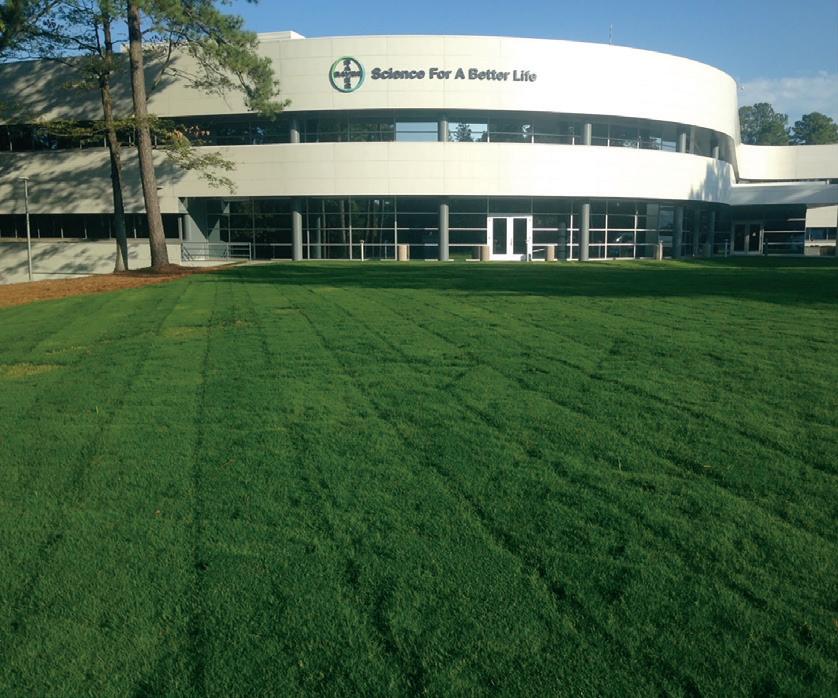
Bayer Headquarters – Raleigh, North Carolina
In February of 2015, UGA’s newest release DT-1 was officially named TifTuf® Certified Bermudagrass. Now that our variety had a name, the work done in preparation for our product launch took shape in short order. With plant material sources established, key talking points memorized, armed with over twenty years of research data, our team introduced the turfgrass industry to this grass that would begin to change the face of the American landscape. Our initial foray into the marketplace was nothing short of extraordinary. We began by approaching the progressive producers and leaders in our industry, many of which were already part of the TTG production network. This group of producers I referred to as “the low hanging fruit” as it took little effort to license them. These producers, like TTG, had been following the DT-1 research and were aware of the ‘value-added’ characteristics that TifTuf® would bring to the marketplace.
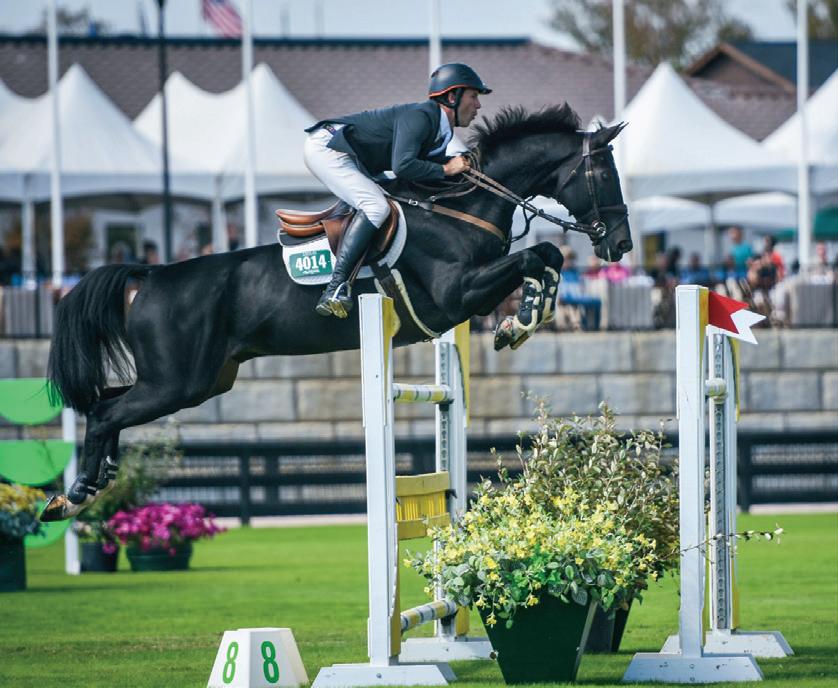
Tryon International Equestrian Center – Tryon, North Carolina
Early in the market expansion process, TTG ownership continued to pursue additional marketing opportunities. In early 2016 TTG partnered with Harmony Outdoor Brands, the nation’s top retail sod provider. Through a vast network of sod producers, Harmony provides farm fresh sod to various markets coast to coast, including Home Depot and Lowe’s stores. With our collective networks expanding across the country, a symbiotic relationship began to develop. Today, TifTuf® is the exclusive bermudagrass marketed through both Home Depot and Lowe’s as a Harmony Premium brand.

Dell Diamond Stadium – Roundrock, Texas
By mid-summer we had licensed TifTuf® producers in Georgia, Florida, Alabama, Texas, as well as North and South Carolina, with Georgia and the Carolinas being completely licensed out. Though licensing producers in six states might not appear terribly impressive, understanding that TTG’s production licensing program is unique in that we limit the number of producers permitted in each state can make licensing a bit more challenging. Additionally, making certain that we have selected the correct producers to meet market demand while also reaching the various consumer demographics within each state. More importantly, by our limiting the number of producers within a specific geography, we are better able to maintain the genetic integrity of our exclusive varieties, while at the same time protecting our producer’s ROI and product price point.
In addition, TTG is the only licensing program in the U.S. that requires state Crop Improvement Certification for each of our turfgrass releases. It is imperative that both we and our licensees maintain the purity, as stated earlier, of our varieties, thereby making certain that the end-user is receiving the intended variety, thus the desired characteristics purchased. It is also important to point out that TTG is the only U.S. licensing program to field a team of professional turfgrass field inspectors. Above and beyond those inspections conducted by the individual state certification programs, we also inspect every acre of every production field nationwide a minimum of three times each growing season.
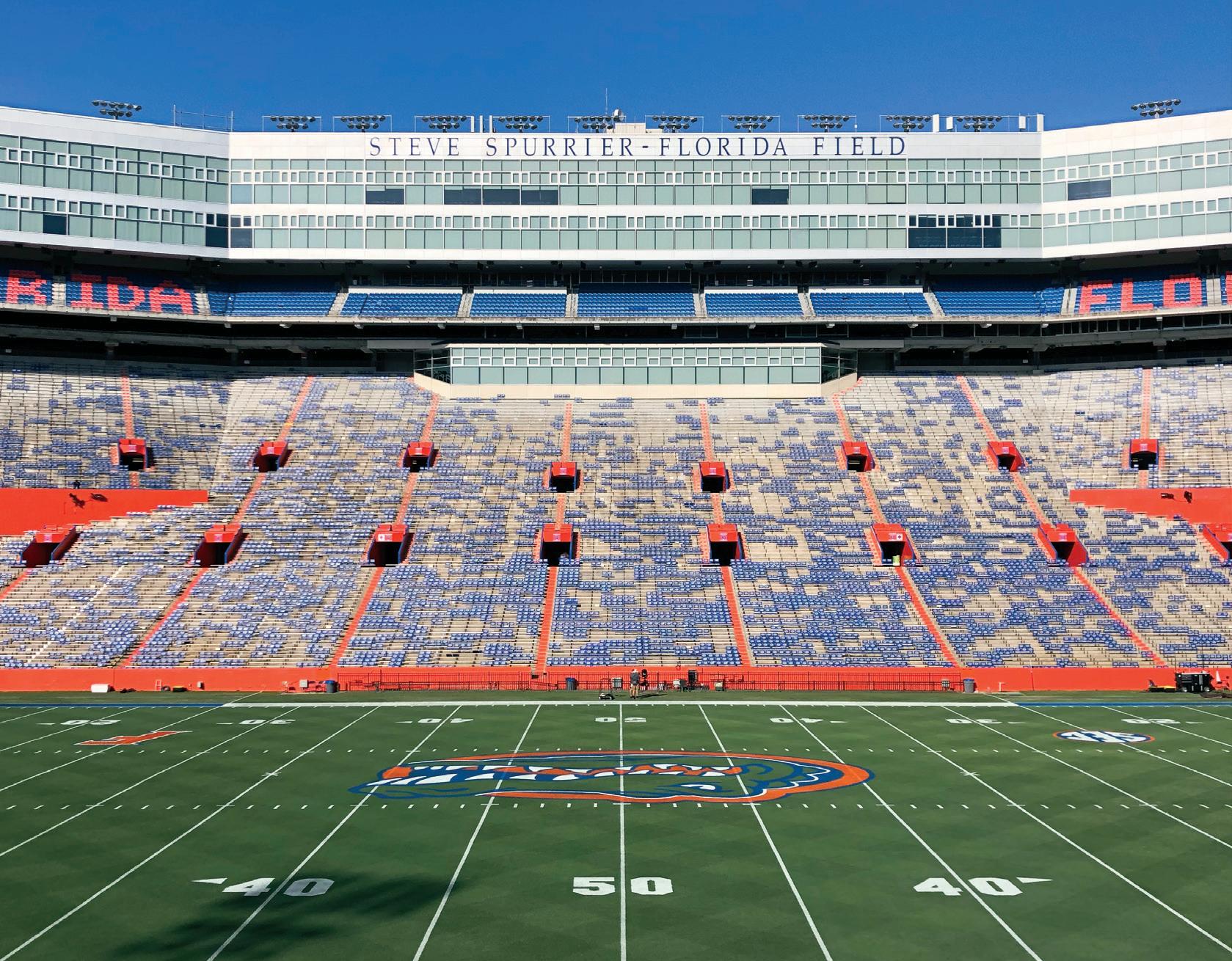
The University of Florida “The Swamp” – Gainesville, Florida
By requiring Crop Improvement Certification standards, this also meant that TTG must provide the appropriate ‘Application for Variety Certification’ documentation to each state’s certification office where a producer had been licensed. Although this document exchange and validation process had become quite routine for TTG, a few unanticipated challenges presented themselves.
Until 2015 our experience had been that all certification programs operated from a similar protocol template. What temporarily stymied our progress was the realization that not every certification program even had established certification guidelines and protocols for warm season turfgrass. Thus, there were some brief moments of trepidation due to these enlightenments, but as Winston Churchill once said, “A pessimist sees the difficulty in every opportunity; an optimist sees the opportunity in every difficulty.” The outcome was that these momentary obstructions provided TTG the opportunity to collaborate with our partners at the Georgia Seed Development Commission (GSDC), fashioning language that has now become the official warm-season Certification Standard for several programs, including California.
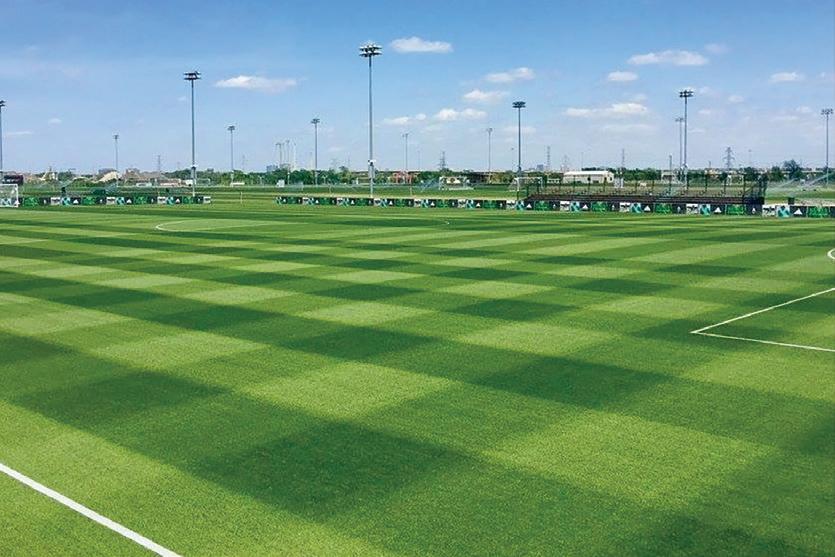
Money Gram Park – Dallas, Texas
As mentioned earlier, we entered the marketplace armed with more research data than any other proprietary turfgrass in history. We understood that TifTuf® was rapidly becoming a household name in some regions. However, not everyone was as enthusiastic and certain consumers remained more than a bit dubious. Even knowing TifTuf® checked all the bermudagrass boxes, we still chose to restrain ourselves from pontificating on every verifiable TifTuf® attribute. Instead, we forced ourselves to “under promise and over deliver”. The rationale was that we would spoon-feed the TifTuf® message slowly to those that might believe that TifTuf® was simply ‘Too Good to Be True’, through an expanded industry conference schedule, more targeted digital and print education and most importantly face to face presentations.
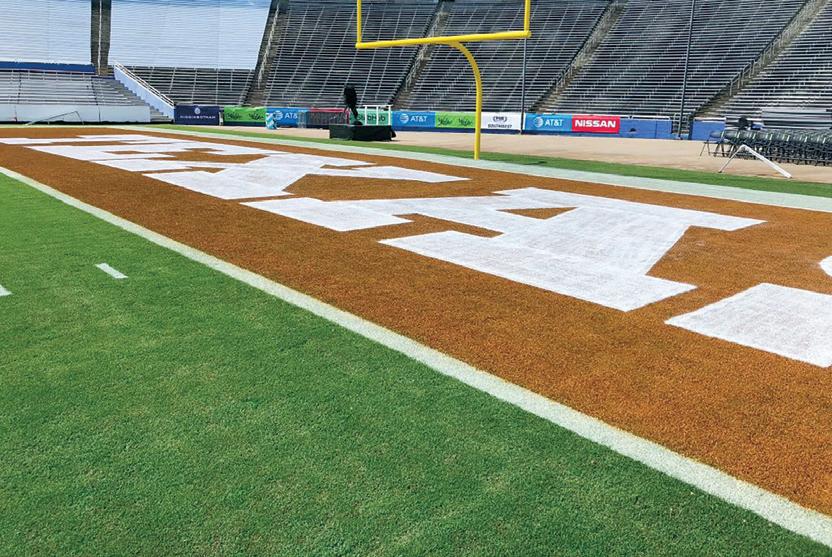
Cotton Bowl Stadium – Red River Classic
Within a year, our production network had grown to over thirty producers nationwide. We had expanded TifTuf® production into Virginia, Tennessee, Arizona, California, and Hawaii. As our network expanded westward, demand for cost-effective plant material on the other side of the U.S. became a necessity. We determined to establish a TifTuf® Foundation and Registered nursery in the Southwest.
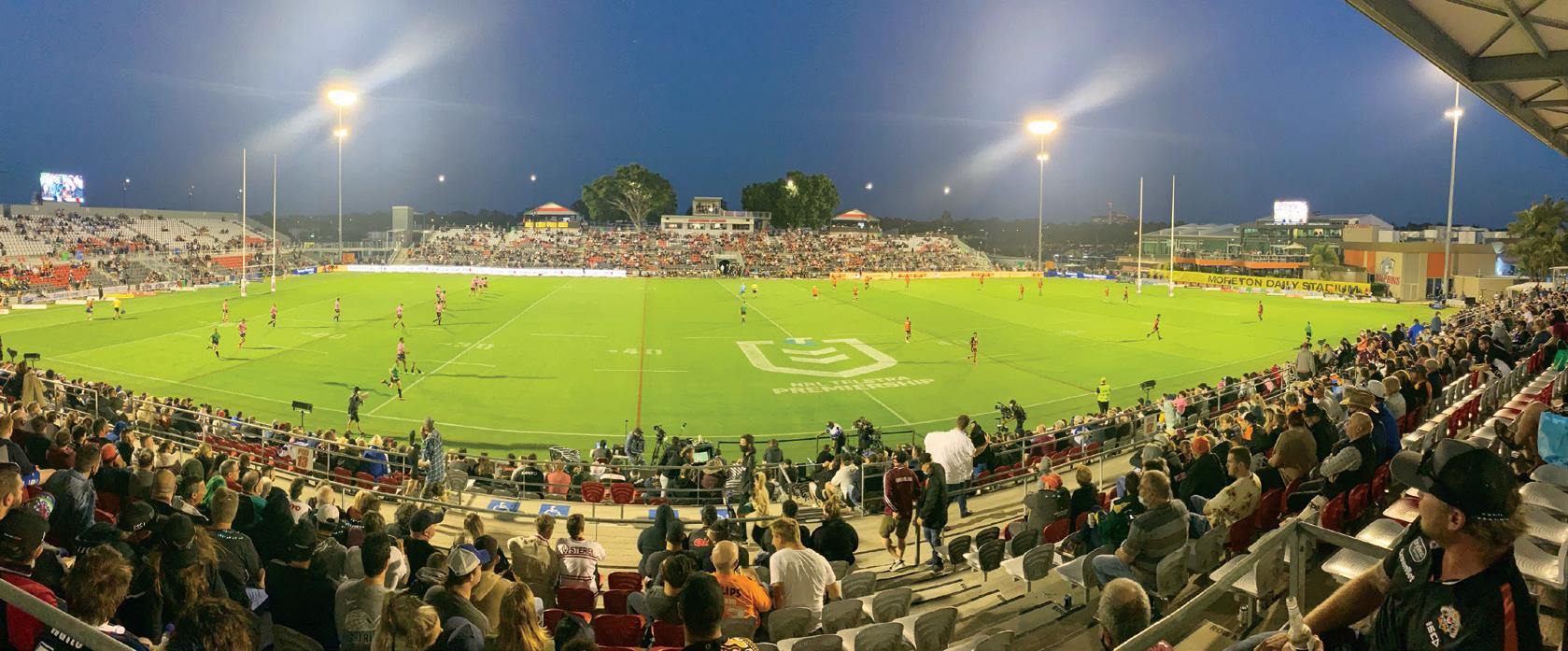
Dolphins Stadium – Brisbane, Australia
This was accomplished by TTG engaging one of our oldest producer partners Evergreen Turf of Chandler, Arizona and by once again calling on the GSDC. Leveraging their relationship with both the Georgia and California Departments of Agriculture, the GSDC provided the prowess to complete the governmental part of this equation. Through this assemblage of both government and private sector professionals, we established TifTuf® Foundation and Registered fields at Evergreens American Sod Farm facility located in Escondido, California. This marked the first time in UGA and GSDC history that a Foundation plant source field had been permitted and established outside of the state of Georgia.
By 2019, production exceeded 4,000 acres with new fields being planted at a record pace. Demand was exceeding availability in certain markets, while both commercial and residential developments were beginning to specify TifTuf®. As more sports venues continued to jump on the bandwagon, requests to sponsor Sports Turf Managers Association (STMA) became more prevalent. By the end of that calendar year, TTG had turned down over thirty farms nationwide that had requested TifTuf® licenses that were either too close to an existing producer or were in a state that had already been licensed out.
Today over 750,000,000 square feet of TifTuf® has been installed on professional and collegiate sports fields, golf courses, and commercial and residential landscapes across the United States. As a result, in just the past five years, millions of America’s precious water resources have been saved.
To date, TifTuf® production acreage has already surpassed anything that has ever been accomplished with any other licensed proprietary turfgrass in history. Our production network now stands at sixty-five farms strong, producing over 11,000 acres of Certified TifTuf® on over 100 production locations across Georgia, Florida, Alabama, Texas, North Carolina, South Carolina, Tennessee, Virginia, Mississippi, Arkansas, Oklahoma, New Mexico, Arizona, Nevada, California, and Hawaii.
I believe it is safe to say, The Turfgrass Group may have “Under Promised,” but TifTuf® absolutely “Over Delivered.”





